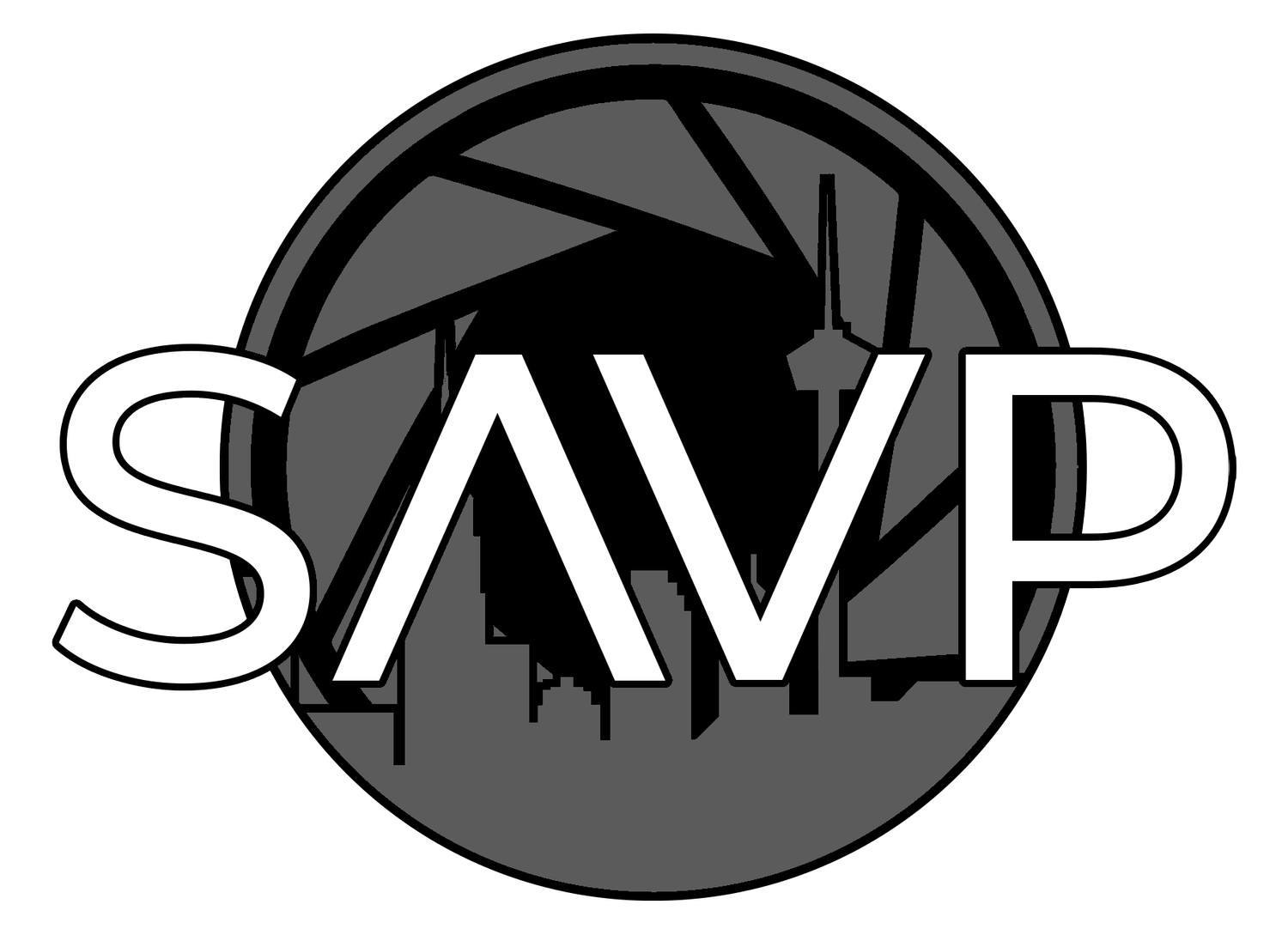The Art of Story Structure: Balancing Tradition and Innovation
In the world of storytelling, the question often arises: does story structure matter? Should there be a clear beginning, middle, and end to a story? While the traditional story structure provides clarity and a proven framework, many creators have successfully deviated from this path, sparking curiosity and engaging audiences in new ways. This blog delves into the importance of story structure and how it can be adapted to serve the narrative best.
Understanding Story Structure
Story structure is the backbone of any narrative, providing a framework that guides the audience through the story. It typically consists of a beginning, where the setting and characters are introduced; a middle, where the conflict unfolds; and an end, where the resolution occurs. This structure is not only prevalent in literature but also in movies, TV shows, and even professional storytelling, such as boardroom presentations and brand narratives.
The Role of Story Structure in Traditional Narratives
Traditional story structures have stood the test of time for a reason. They offer a sense of familiarity and predictability that audiences find comforting. A well-structured story ensures that the narrative flows logically, making it easier for the audience to follow and understand. This clarity is crucial, especially in professional storytelling, where the goal is to convey a message effectively.
Challenging the Norm: Unconventional Story Structures
However, some creators choose to challenge the norm by starting their stories in the middle or even at the end. This approach can be seen in movies and TV shows that begin with a climactic event, leaving the audience intrigued and eager to learn how the story unfolds. By doing so, creators evoke curiosity and provide a fresh perspective on the narrative.
The Art of Balancing Novelty with Coherence
While unconventional story structures can be engaging, they require a delicate balance between novelty and coherence. Effective storytellers know how to maintain this balance, ensuring that even unconventional narratives remain compelling and resonant. It's not about abandoning structure altogether but creatively transforming it to serve the story's purpose.
Adapting Story Structure for Professional Storytelling
In professional storytelling, such as boardroom presentations or brand narratives, the story structure plays a crucial role in supporting the message and engaging the audience. By understanding the audience's needs and expectations, storytellers can adapt the structure to best serve the narrative.
Crafting a Compelling Brand Narrative
When scripting a company's brand journey, the story structure should align with the brand's values and goals. A well-crafted brand narrative not only captures the audience's attention but also resonates with them on a deeper level. By creatively adapting the story structure, brands can differentiate themselves and leave a lasting impression.
Engaging Audiences with Unconventional Structures
In some cases, using an unconventional story structure can enhance the storytelling experience. For instance, starting a presentation with a surprising fact or ending with a thought-provoking question can captivate the audience and encourage them to think critically about the message being conveyed.
The Future of Story Structure
Ultimately, the question might not be whether story structure matters, but rather how you adapt it to best serve the story you're trying to tell. Whether you're weaving a tale in a boardroom presentation or scripting your company's brand journey, the key is to understand how your narrative structure supports your message and engages your audience.
Embracing Creativity in Storytelling
As storytelling continues to evolve, embracing creativity and innovation in story structure will be essential. By challenging traditional norms and exploring new ways to engage audiences, storytellers can create narratives that are not only compelling but also memorable.
Your Take on Story Structure
What's your take on using unconventional story structures in professional storytelling? Share your thoughts and experiences in the comments below. Whether you prefer traditional narratives or enjoy experimenting with new structures, the art of storytelling lies in its ability to connect with audiences and convey meaningful messages.







